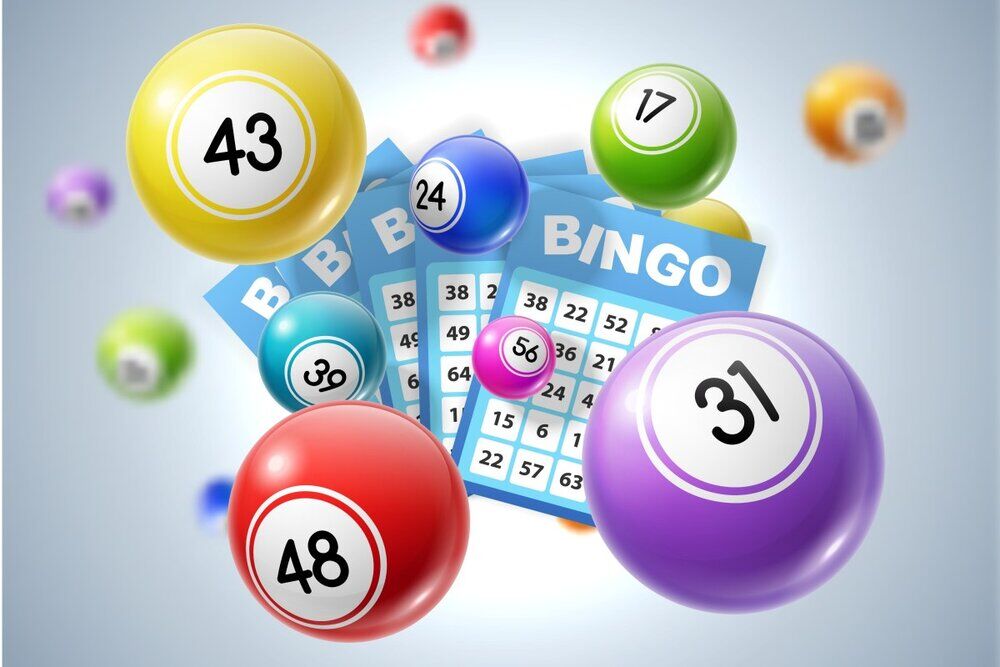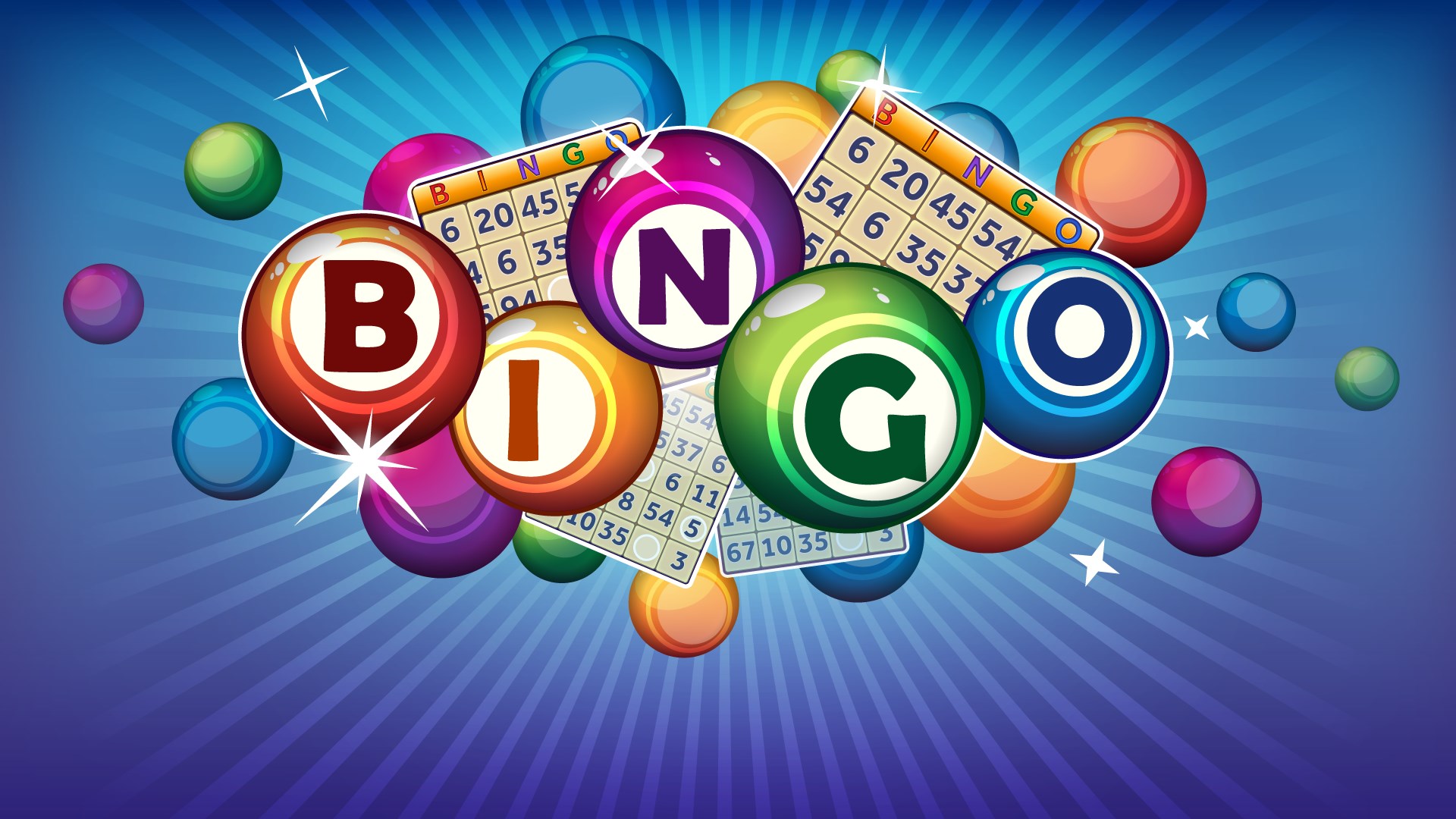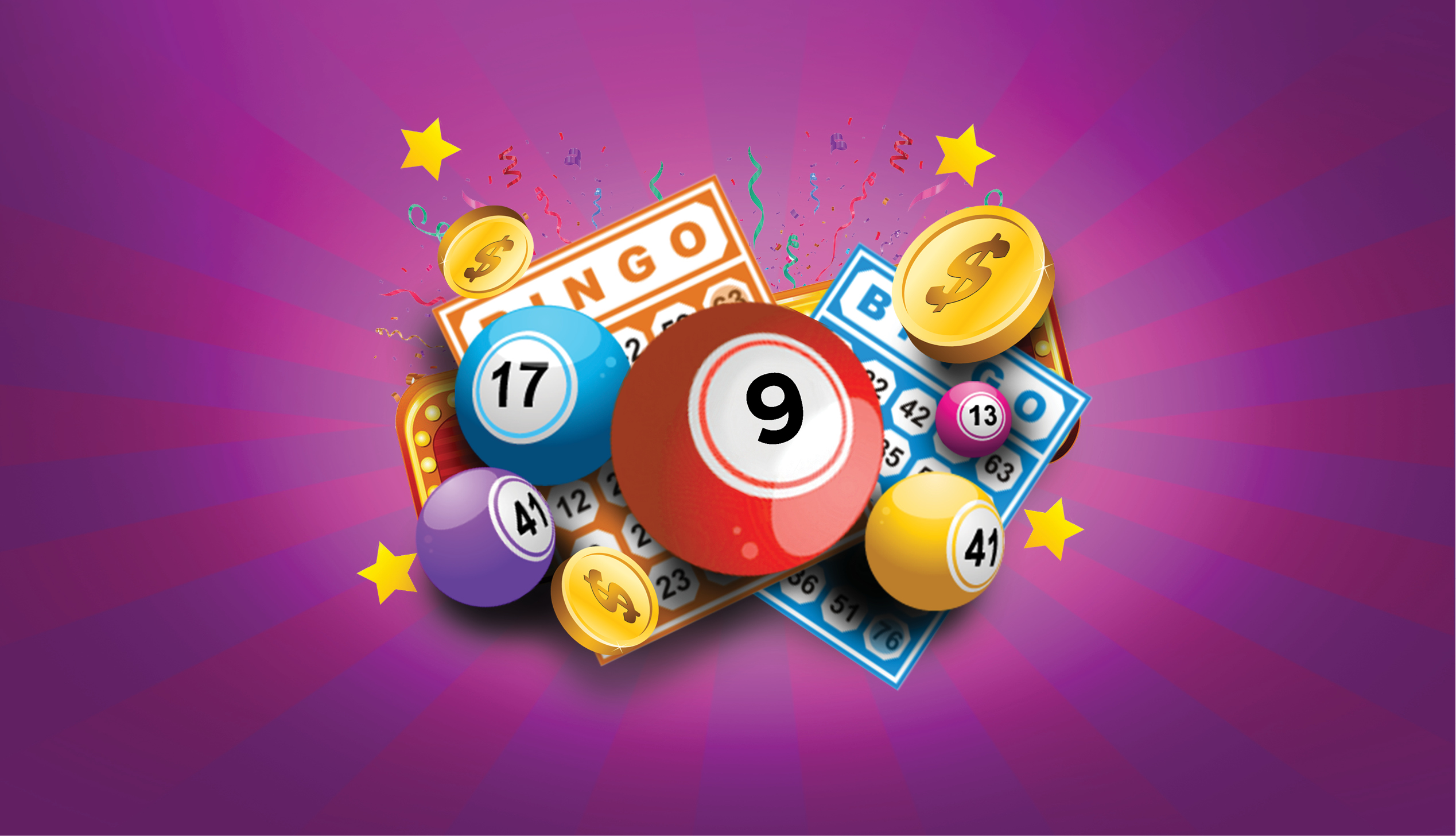
How To Get The Highest Score On Bingo Clash
Introduction How To Get The Highest Score On Bingo Clash: Bingo Clash, a thrilling and…

What Is Free In Bingo: In the realm of bingo, the term “free” takes on a distinctive and pivotal meaning. It refers to a designated space on a player’s bingo card that is pre-marked, requiring no matching of numbers to complete. Typically positioned at the center of the card, this space is automatically considered filled at the commencement of the game.
The concept of the “free” space serves both practical and strategic purposes. It eases the initial progression of the game, allowing players to start with a space already marked and potentially increasing the pace of bingo gameplay. As a result, players are closer to achieving the required pattern for victory from the outset.
The “free” space can serve as a focal point for strategic decision-making. Players often seek to establish patterns that intersect or incorporate this space, enhancing their chances of completing a winning sequence. It’s not uncommon for the positioning of this space to influence a player’s card selection or their approach to marking numbers.
In essence, the “free” space encapsulates the essence of balance and strategy in bingo, facilitating a fairer start and encouraging thoughtful gameplay. It’s a seemingly simple aspect that underscores the intricacies and considerations that underscore even the most lighthearted games.
One free space
A bingo Card contains 24 numbered spaces and one free space (blank), with which you play BINGO. The numbers are assigned at random on each card and are arranged in five columns of five numbers each by five rows (5 x 5 = 25 in total including the blank square).
A standard bingo card typically features a single “free” space, which is centrally located within a grid of numbers. This unique space acts as a starting point for players, already marked before the game begins. While the rest of the numbers on the card need to be matched as they are called out, the “free” space doesn’t require any such matching – it’s essentially a freebie for players to check off.
The presence of a single “free” space has a twofold purpose, it simplifies the initial progress of the game, getting players closer to forming a winning pattern right from the start, and it promotes a fairer playing field by ensuring that everyone has one marked space to begin with. This balances out any advantage that players might otherwise gain from the random distribution of numbers on their cards.
The single “free” space also adds a strategic element to the game. Players can choose bingo cards that align their preferred patterns with the “free” space, enhancing their chances of completing a pattern more quickly. This choice can influence gameplay decisions and contribute to the strategic depth of bingo.
The presence of a solitary “free” space enriches the dynamics of bingo, contributing to its appeal as a game of chance and strategy that’s enjoyed by people of all ages.

There are a number of free bingo games like Bingo Blitz, that are free to play with no deposit required. That’s right! You can just play bingo for free.
Many online bingo platforms offer free bingo games as a way to engage players, introduce them to the game. These free games typically have virtual prizes or rewards rather than real money payouts.
Furthermore, charitable or community events sometimes offer free bingo as a part of their activities. In these cases, the focus might be more on social interaction and community engagement rather than financial gain.
It’s important to note that while many online platforms offer free bingo games, some may also provide options for paid games with the potential to win real money prizes. Always ensure you understand the terms and conditions of the platform you’re using and whether there are any financial implications involved.
Free bingo games can be a great way to learn the rules of the game, practice strategies, or simply have fun without the risk of losing money. Whether you’re a seasoned player or new to the world of bingo, these free options provide an accessible and enjoyable way to experience the game.
The bottom line is that yes, bingo has a luck element, and you will need a fair bit of luck if you are to win. However, there is also undoubtedly a certain number and type of skills that you need to play good bingo. So, it is a game that is not all about luck at all, but instead a mixture of skill, strategy, and luck.
Bingo is often regarded as a game of chance, where players match numbers on their cards to numbers randomly drawn by a caller. This apparent reliance on randomness has led many to consider it a game primarily driven by luck. However, the question of whether bingo is 100% luck depends on how one defines luck and skill in the context of the game.
While the numbers drawn are indeed random and players have no control over them, there are strategic elements that can influence a player’s chances. Players can choose cards with different number distributions, manage multiple cards simultaneously, and adopt tactics like sitting closer to the caller to hear the numbers better. Some experienced players might also have a systematic approach to tracking the numbers called and managing their cards effectively.
Moreover, there are variations of bingo that introduce more skill-based elements. For example, in games like “skill-based bingo,” players answer questions or solve puzzles to earn the right to mark certain numbers on their cards.
In essence, while the core mechanics of bingo rely on chance, players can still apply strategies to increase their odds or make more informed decisions. Therefore, while bingo is predominantly a game of luck, it is not entirely devoid of elements that could involve a level of skill and strategy.
Back in New York, Lowe experimented with numerical combinations on the Beano boards and invited his friends to test out the game. As the legend goes, one of his guests mistakenly called out “bingo” instead of “beano” after a winning combination of numbers and the new name stuck.
The origin of the name “bingo” can be traced back to the early 20th century and is believed to have evolved from a game known as “Beano.” In the 1920s, a traveling carnival pitchman named Edwin S. Lowe observed a group of players engaging in a game called Beano, which involved marking numbers on cards with beans.
Legend has it that during one of these games, a player became so excited upon completing a row of numbers that they accidentally exclaimed “bingo” instead of “beano.” Inspired by this enthusiastic slip of the tongue, Lowe saw the potential for a catchy and memorable name for the game.
Lowe decided to develop his own version of the game, which he initially called “Bingo.” He hired a mathematician to create a larger number of unique bingo cards to ensure that players would have a diverse and enjoyable experience. The game’s popularity grew rapidly, and Lowe began hosting bingo events in various locations.
As time went on, “bingo” became the widely accepted term for the game that involved matching numbers on cards with randomly drawn numbers. The name’s simplicity and the association with excitement likely contributed to its enduring popularity. Over the years, bingo has become a beloved social activity enjoyed in various settings, from community centers to casinos.
Free Space – The space in the middle of all bingo cards that is “free” to the player and is considered “called.” Free spaces usually count towards winning a bingo game. Some bingo games are won by playing “the hard way” or without the benefit of the Free Space.
In the context of bingo, “free” typically refers to a specific pattern or space on a bingo card that players do not need to mark or cover in order to win. This “free” space is usually located at the center of the bingo card and is automatically considered filled for all players at the start of the game. It essentially serves as a freebie, helping players get a head start on completing certain patterns required to win.
The inclusion of the free space enhances the gameplay by increasing the variety of winning patterns and making the game more accessible, especially for beginners. By having this central space already marked, players have one less number to worry about in their pursuit of completing the required lines, rows, or other patterns needed to win.
However, it’s important to note that while the free space makes it easier for players to achieve specific patterns, it doesn’t significantly alter the overall element of chance that defines bingo. The core of the game still revolves around the luck of the numbers drawn and their alignment with the player’s card.
The most popular Bingo Card Generator in the world! Create randomized bingo cards for free in seconds with our amazing Bingo Card Generator. Print your bingo cards at home to play in‑person, or send out links to play a Virtual Bingo Game – we even provide a bingo caller!
It seems like there might be a slight confusion in your question. “Free bingo cards” typically refer to bingo cards that are provided to players without requiring them to make any payment or purchase. Many bingo games, especially online or promotional events, offer free bingo cards as a way to attract players and provide them with a chance to participate in the game without financial commitment.
These free bingo cards function similarly to regular bingo cards, where players mark off numbers as they are called out. Depending on the rules of the specific game, these free cards can still provide players with opportunities to win prizes, although the prizes might be smaller compared to paid games.
Free bingo cards are often used to introduce people to the game of bingo, encourage participation in events, or reward loyal players. They can be a fun way to engage in bingo without any monetary risk and are commonly seen in community gatherings, online bingo platforms, and charity fundraisers.

Bingo is a popular game of chance that involves players matching numbers on their cards to numbers called out by a designated caller. The rules of bingo can vary slightly depending on the specific version being played, but the basic principles remain consistent.
Card Distribution: Players receive bingo cards, usually featuring a 5×5 grid of numbers, with the centre square often marked as a “free” space.
Number Calling: A caller randomly selects numbers, calling them out one by one. In some versions, the caller might draw numbered balls from a cage.
Marking Numbers: Players mark off numbers on their cards that match the ones called. The goal is to complete specific patterns, such as a line, diagonal, or full card.
Pattern Completion: The game continues until a player successfully completes the required pattern. This could be a single line, multiple lines, a blackout (all numbers marked), or a specific shape.
Winning Verification: When a player believes they have completed the pattern, they call out “Bingo!” The caller or game monitor then verifies the card to confirm the win.
Prize Distribution: The winner is awarded a prize, which could be cash, gift items, or other rewards. In some games, multiple winners may share the prize if they achieve the pattern simultaneously.
Continuation: Depending on the game, play might continue with different patterns, or a new round might start with new cards.
The Bingo Card can be obtained by completing all 20 Personal Goals in a Bingo event, after which the player can find and claim their Bingo Card at Jerry.
To claim your bingo card, follow these simple steps to ensure a smooth process. Firstly, ensure that you have participated in the relevant bingo event or promotion that offers the bingo card as a prize. Typically, these events are organized by community centers, online platforms, or social gatherings.
Participation: Participate in the designated bingo event according to the rules and guidelines provided. This may involve attending a physical location or accessing an online platform where the bingo games are hosted.
Winning Combination: Play the bingo games and mark off the numbers as they are called out. If you achieve the winning combination specified by the event organizers (such as a straight line, diagonal line, full house, etc.), you’ll be eligible to claim a bingo card prize.
Verification: In case you achieve the winning combination, inform the event organizers or moderators immediately. They might require you to provide evidence of your winning card, which could involve sharing a screenshot or presenting your physical card for verification.
Claim Process: The event organizers will guide you through the claim process, which could involve filling out a form.
Prize Collection: Once your claim is verified, you’ll receive your bingo card prize. This might be a physical card, a digital code, or some other form of reward, depending on the event.
Remember to familiarize yourself with the specific rules and terms of the bingo event to ensure a successful claim. Timeliness is key, so act promptly upon achieving the winning combination to enjoy your well-deserved bingo card prize.

The concept of the “free” space in bingo encapsulates the fusion of convenience, fairness, and strategy in this beloved game of chance. Serving as a pre-marked square on a player’s card, the “free” space bestows an immediate advantage by jumpstarting the path to victory. This design not only expedites gameplay but also levels the playing field, eradicating any potential inequality that chance alone might introduce.
The strategic dimension of the “free” space further enriches the bingo experience. Players often factor its position into their decision-making process, aiming to craft patterns that incorporate or align with this space. This transforms a seemingly innocuous feature into a pivotal point for tactical maneuvers, showcasing how even the most basic aspects of a game can be harnessed to elevate one’s chances of success.
Beyond its functional utility, the “free” space mirrors the broader intricacies of life itself, where seemingly minor advantages can influence the trajectory of our endeavors. It underscores the delicate equilibrium between chance and strategy, illustrating that while luck initiates the game, it’s skillful planning that guides its outcome.
In the grand tapestry of bingo, the “free” space symbolizes much more than a marked square; it encapsulates the harmony of fairness, swiftness, and strategy that make bingo a timeless source of enjoyment. Thus, from its unassuming position at the center of the card, the “free” space radiates significance and imparts valuable life lessons in the art of leveraging both opportunity and calculated moves.